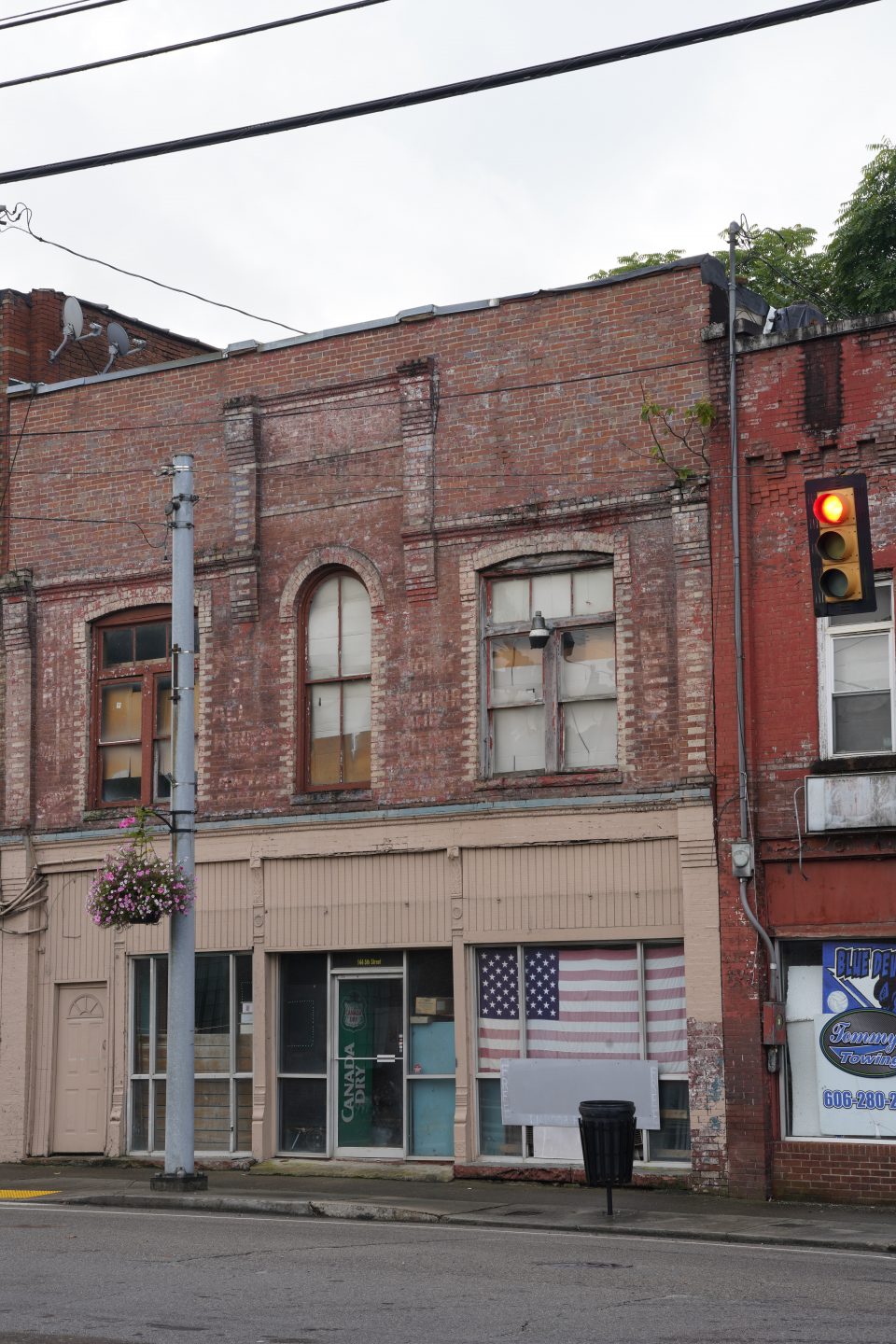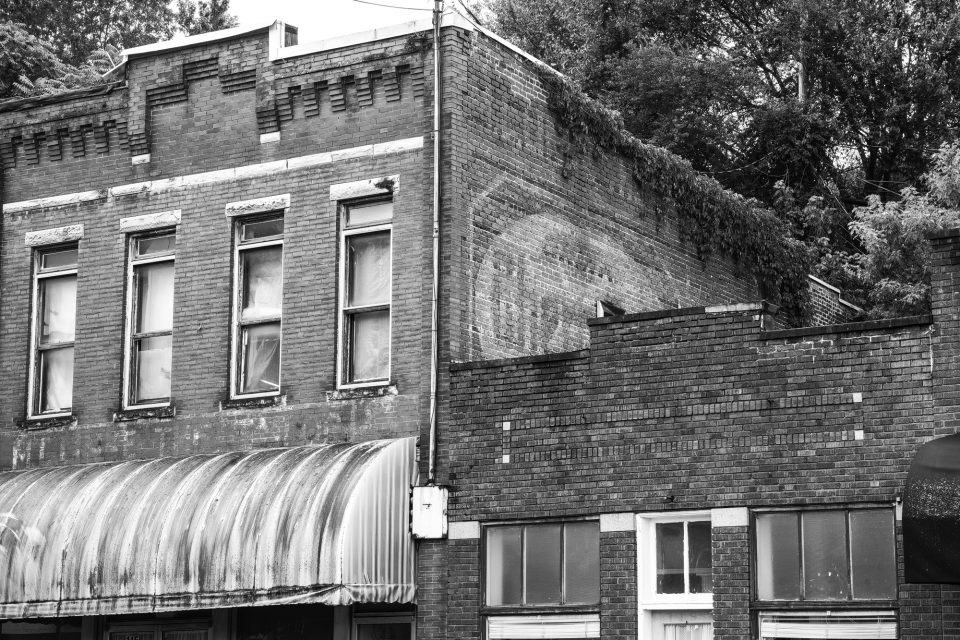Historic mountain community (my original hometown) has seen better (and much worse) times.
The small mountain town of Jellico sits on the border of two states, part of it in Tennessee and part of it in Kentucky. I visit and photograph a lot of small towns that have seen better days — and that’s certainly the case here — but this one is a little personal, because I used to live here and I was born near here…
and this is my parents’ hometown.
I’ve only been to Jellico a handful of times since I was a young boy but it always feels strange being there — like a memory from another lifetime.
Jellico is a coal-mining town. I have memories of my grandfather coming home from the mines covered in black dust head to toe. My dad opted out of the coal business and joined the military instead, so we moved away when I was very young — and we moved often — which is how I got the wanderlust that still consumes me to this day.
The name Jellico probably comes from the Angelica plants that grow in the mountains around here, although many theories for the source of the name abound. It may have also come from the Tellico Land Grants that were nearby — that’s Tellico with a T – an old Cherokee word.
Jellico has seen better days for sure. My Dad, who’s currently 84, grew up here and he remembers when it was “a hopping town.” That would have been the 1950s and early 1960s.
My mother worked as a hairdresser in one of the now-vacant shops.
Photographer Lewis Hine in Jellico
Today there’s a lot of poverty, and there’s said to be a lot of drug use in the community. Poverty is nothing new in Appalachia though — photographer Lewis Hine came to Jellico in the early 1900s to photograph children performing dangerous and dirty work in the coal industry. It was his seminal images that helped the nation to recognize the problem of kids doing adult work and to enact child labor laws.
Homer Rodeheaver and The Music Store
I remember a cafe or restaurant in the vacant space now called Mary’s Kitchen even when I was a boy in the early 1970s. A faded old sign above Mary’s Kitchen says “The Music Store.” It was a shop that may have been owned by a once-famous fellow named Homer Rodeheaver. Mr. Rodeheaver was a musician, a music director, a music publisher, he composed gospel music, and he was early recorder of religious music, and he was an evangelist.
Rodeheaver had a Jellico connection and I imagine that this building may have been part of his music publishing business that started in 1910. That building was constructed circa 1890.
Interestingly, next door is a shop that appears to have been a photography studio, but in researching Rodeheaver, I learned that he also had some dealings with photography or photographic prints. The connection is unclear, but I think this could have been his business too.
The signs are difficult to read but on the far left are the words “Kodak” and “Studio.”

Another panel says “Commercial work” and “Interior and Exterior Work,” and the far right panel says “Frames to Order.” Like Mary’s Kitchen, this building was also constructed in 1890.
The Central Drugs Rexall Sign
That Rexall sign has been in place at least since the 1940s, you can see it online on old postcards and historic photographs. It was called Central Drug, but while the sign has been saved, there’s not a drug store any more.
This building with six windows to the right of Central Drugs was the J.J. Newberry department store — locals called it Newberry’s.

The Infamous 1906 Dynamite Explosion
There’s a quite infamous and tragic event that happened in Jellico on September 21. 1906.
The New York Times headline read: “12 KILLED BY DYNAMITE.; Car of 20,000 Pounds Explodes In Heart of Jellico, Tenn.”
It went on to say, “JELLICO, Tenn., Sept. 21. — Twelve deaths, the injuring of scores of other persons, and $500,000 damage to property were caused here to-day when a carload of dynamite standing on a track near the Southern Railway Station exploded with a report that was heard for twenty miles.”
Dynamite destined for the coal mines blasted much of downtown town into a pile of blackened matchsticks. The event still looms large in the collective memory of the town and in its lore.

There are websites online claiming that these buildings on the Kentucky side of town were damaged by the 1906 explosion, but my Dad remembers these buildings in full operation when he was a young man in the 1950s. One of them was a grocery store called Creekmore’s at the time. They’re in ruins now but not from the dynamite blast of 1906. It’s unclear to me whether these structures were even built before 1906, although they do show indicators of being pre-1920s.

Two of these old storefronts were constructed to serve as masonic lodges. They can be identified by the signs at the top. One sign says “Boston Lodge F. & A.M. 593” — that would be Free and Accepted Masons. The other sign says “Hillside Lodge #51 KP. ” KP would have been the Knights of Pythias.
At some point the city leadership will determine these to be too great a safety hazard to let stand, and another visual memory of the town will be lost.


The Jellico Main Street district was added to the National Register of Historic Places in the 1990s. See the form online here.
